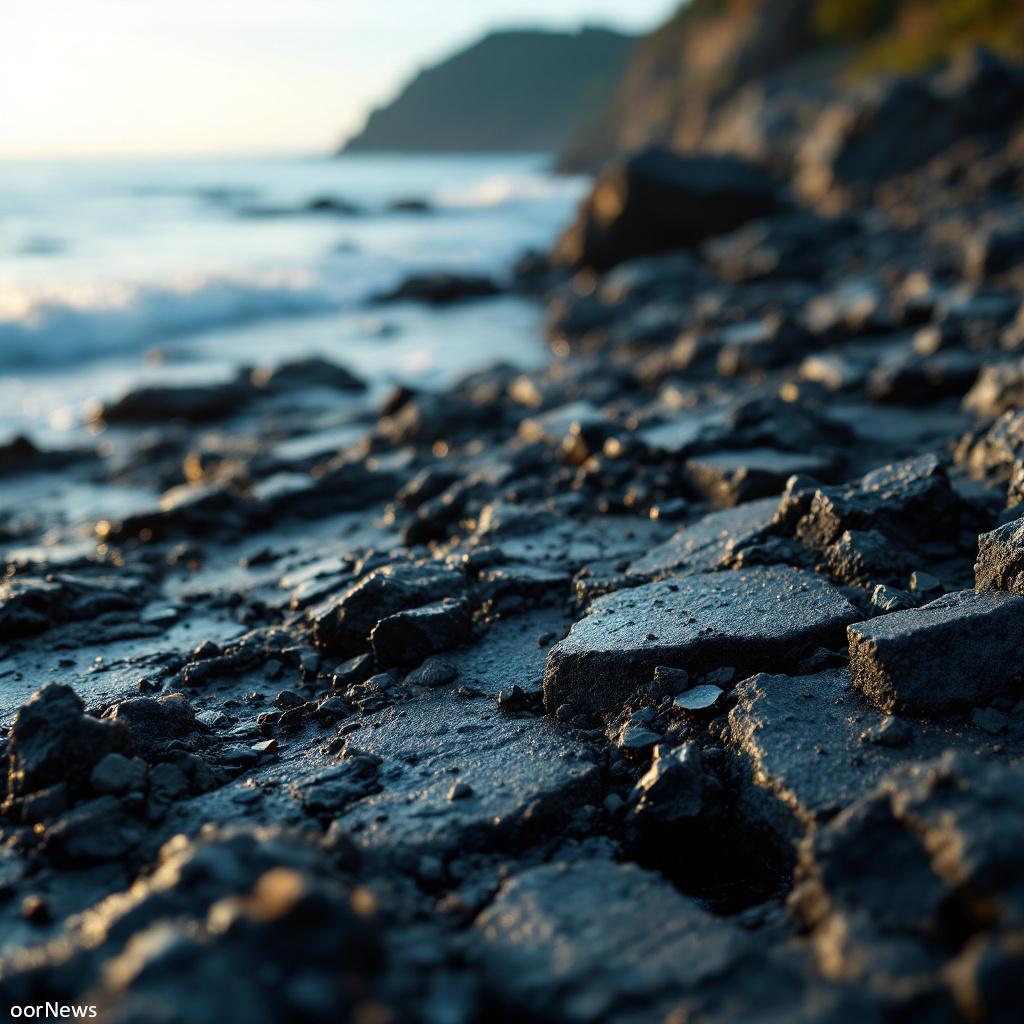Your cart is currently empty!

Rapid Rock Cycle Uncovered at Cumbrian Slag Site

Scientists at the University of Glasgow have found that human waste may form rock in just decades, upending our age-old view of the rock cycle. Researchers studied an industrial waste deposit along the Cumbrian coast at Derwent Howe, once home to iron and steel foundries. Over its industrial past, 27 million cubic metres of furnace slag piled up along the coast.
A close look at a two-kilometre stretch of the slag deposit led the team to mark a clear path from slag to rock. The study discovered that when the waste, rich in calcium, iron, magnesium, and manganese, meets sea water and air, fast-acting chemical reactions bind the material together. Natural cements such as calcite, goethite, and brucite then form, speeding up a process that nature usually takes millions of years to complete.
The paper, published in Geology, documents this new “rapid anthropoclastic rock cycle.” Dr Amanda Owen commented: “For a couple of hundred years, we’ve understood the rock cycle as a natural process that takes thousands to millions of years. What’s remarkable here is that we’ve found these human-made materials being incorporated into natural systems and becoming lithified – essentially turning into rock – over the course of decades instead.”
Lab tests using electron microscopy, X‐ray diffraction and Raman spectroscopy supported the team’s findings. They pinpointed the rock formation timeframe by uncovering a King George V coin from 1934 and an aluminium can tab with a design that “couldn’t have been manufactured before 1989” embedded in the slag. Dr John MacDonald explained, “We were able to date this process with remarkable precision. We found both a King George V coin from 1934 and an aluminium can tab… This gives us a maximum timeframe of 35 years for this rock formation, well within the course of a single human lifetime.”
Dr David Brown added that the chemical ingredients in slag give it the power to turn into rock on exposed coasts worldwide. He noted, “Steel slag waste is a global phenomenon, and when alkaline mine wastes are exposed to water and air, there is potential for cementation of loose material.”
This research marks the first fully documented and dated example of this fast, human-driven rock cycle on land. The team warns that the swift and unforeseen hardening of industrial waste could harm coastal life and upset how we care for and plan our land. As waste turns swiftly to stone, planners and environmental experts may have less time to act.
Their work now seeks more funds to study similar sites across Europe. The growing field of research brings new insight into how man-made materials may permanently shape the future of the Earth.
Leave a Reply